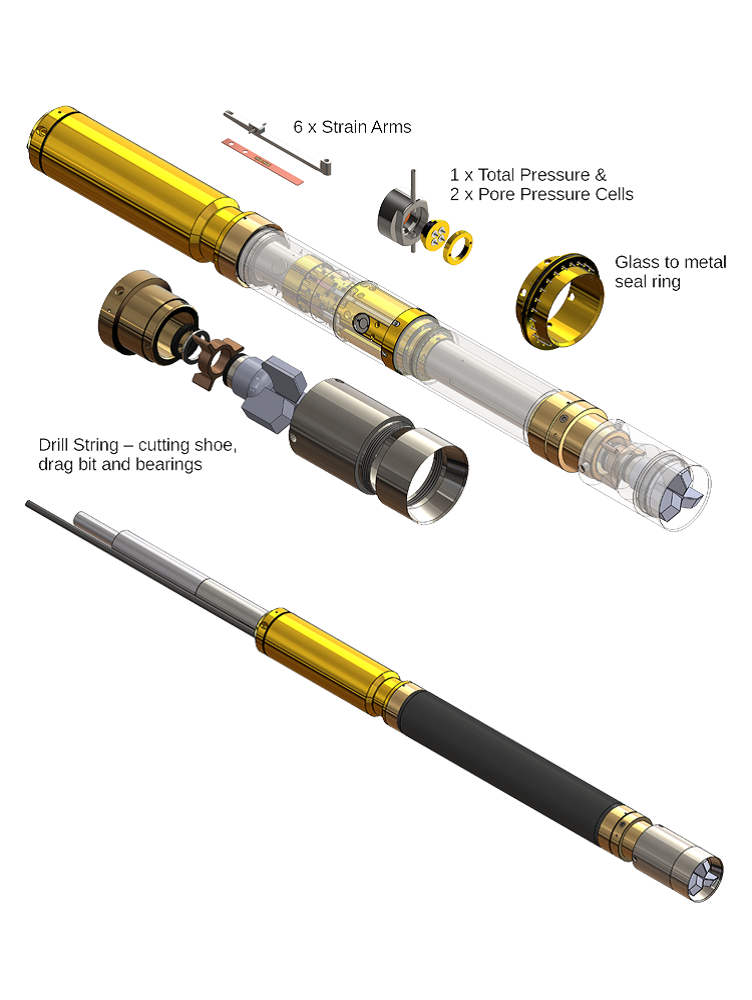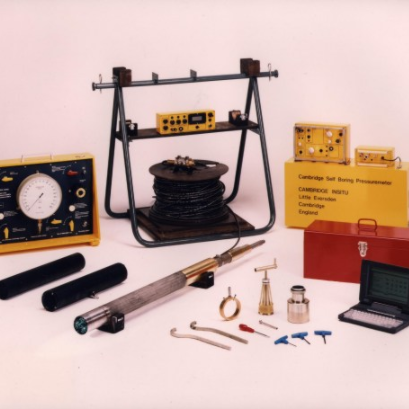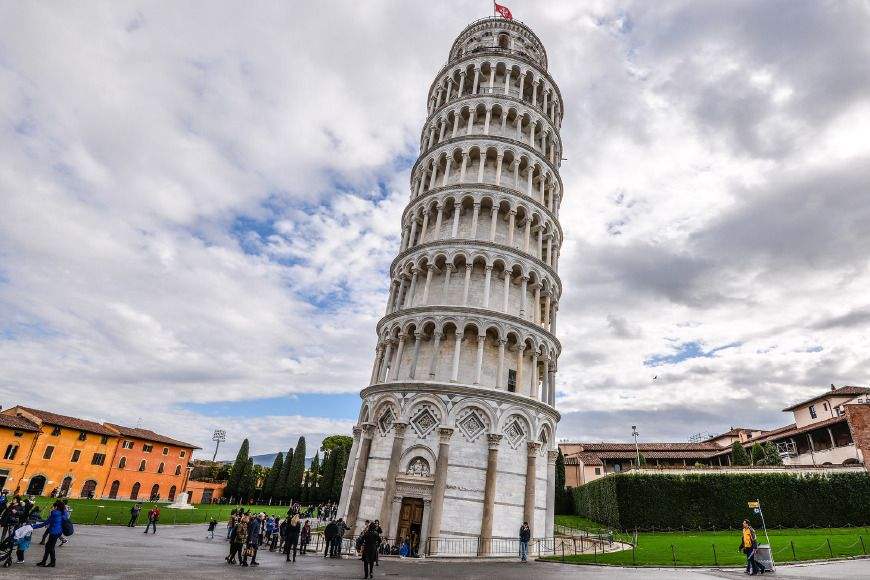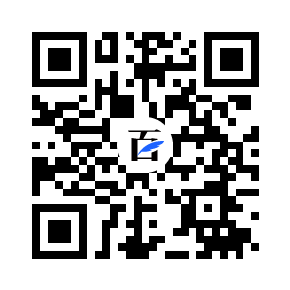Pressuremeters are devices for carrying out insitu testing of soils and rocks for strength and stiffness parameters. They are generally cylindrical, long with respect to their diameter, part of this length being covered by a flexible membrane.
Pressuremeters enter the ground by pushing, by pre-boring a hole into which the probe is placed, or by self boring (fig.1) where the instrument makes its own hole. Once in the ground, increments of pressure are applied to the inside of the membrane forcing it to press against the material and so loading a cylindrical cavity. A test consists of a series of readings of pressure and the consequent displacement of the cavity wall (fig.2), and the loading curve so obtained may be analysed using rigorous solutions for cylindrical cavity expansion and contraction. It is the avoidance of empiricism that makes the pressuremeter test potentially so attractive.
The test is usually carried out in a vertical hole so the derived parameters are those appropriate to the horizontal plane.
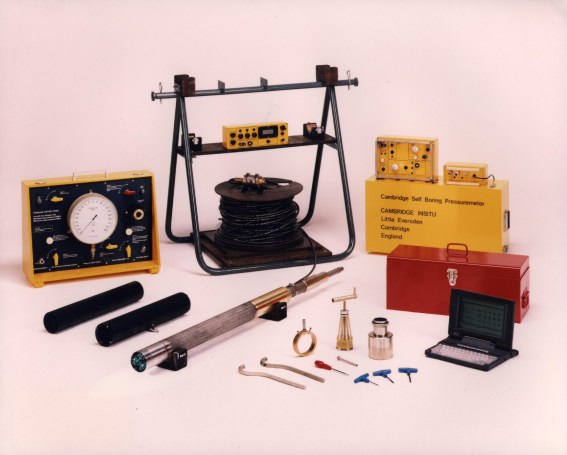
Inserting the pressuremeter
The interpretation of the pressuremeter test must take account of the disturbance caused by the method used to place the probe in the ground. The least disruptive of the methods is self boring where disturbance is often small enough to lie within the elastic range of the material and is therefore recoverable. This is the only technique with the potential to determine directly the insitu lateral stress, ![]() ho
ho![]()
![]()
![]() o
o![]()
![]()
The disturbance caused by pre-boring and pushing is never recoverable. However for any pressuremeter test it is possible to erase the stress history of the loaded material by taking it to a significantly higher stress than it has previously seen, and then to reverse the direction of loading. The point of reversal is a new origin and the stress:strain response will be that due to the undisturbed properties of the material. In fig.2 the three types of test are shown.

 Enquiry:hkmarketing@epc.com.hk
Enquiry:hkmarketing@epc.com.hk 
